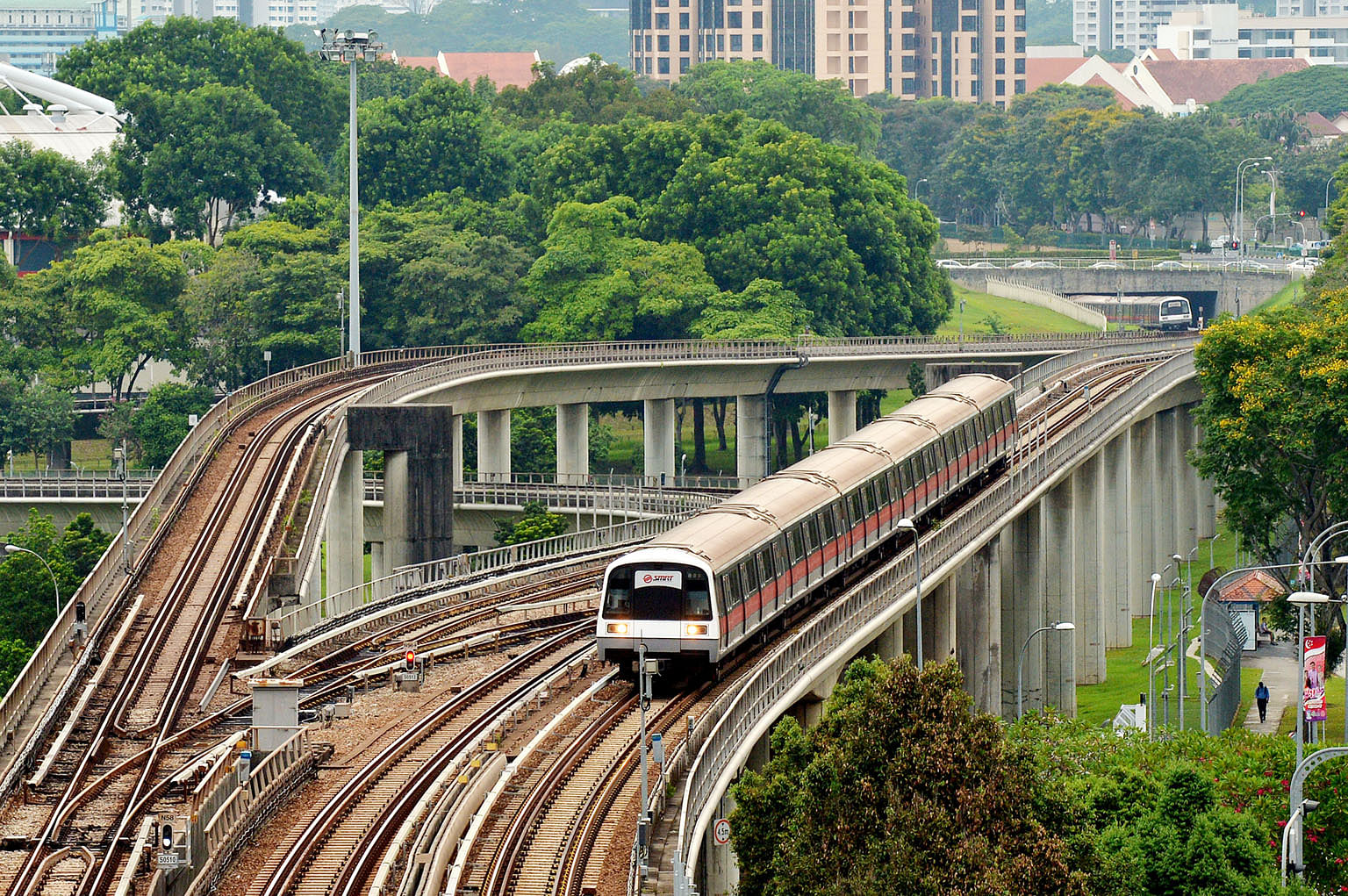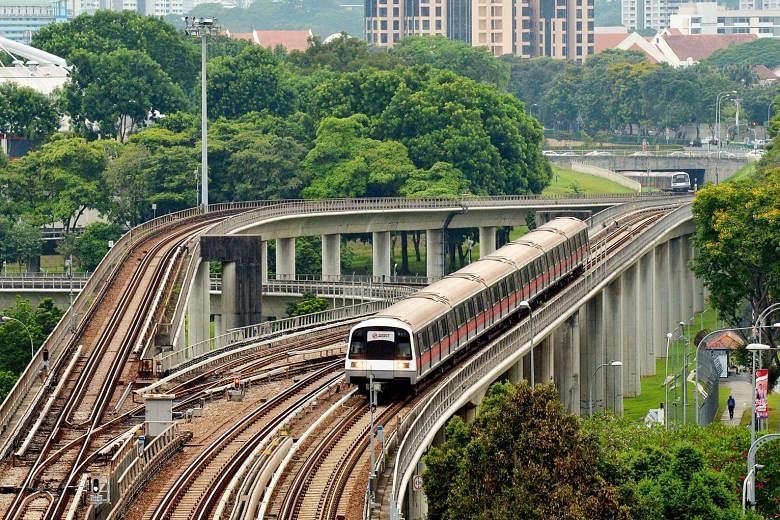Three separate events last month offer new hope that the rail industry here is evolving for the better.
The first was SMRT clinching the operating contract for the Thomson-East Coast Line. It beat rival SBS Transit, a company which arguably has a better track record as far as recent reliability statistics go.
SMRT's bid, at 30 per cent lower than SBS Transit's, was however, hard to pass up. In assessing bids which involve taxpayers' money, value for money ranks high.
And there are signs that SMRT has learnt its lesson from past mistakes. Parent group Temasek Holdings has taken the company private and the Government has bought over all its operating assets under the New Rail Financing Framework.
These moves free SMRT from the pressures of market expectations and possible disputes over which assets it is responsible for replacing when the time comes.
For sure, SMRT would not have been able to put in such a low bid if it had still been listed. That 30 per cent difference could well be the entire profit margin from the operating contract, assuming SBS Transit's submission was competitively priced. Investors would have railed against such a bid.
The tender result is significant because it leaves SBS Transit with only a little over 20 per cent of the rail market in terms of passenger capacity. (The Cross Island Line will be the next new line, but that is several years down the road.) The situation is thus not tenable for the company, which entered the rail sector two decades ago when the Government called on operators to go "multi-modal" for better competition.

Back then, many questioned if Singapore was big enough a market for two rail operators. In 2003, then Transport Minister Yeo Cheow Tong suggested that reverting to one rail operator would make "good sense" as there would be better cost savings and pooled expertise.
This was followed up by a proposal from Mr Lim Jit Poh, chairman of ComfortDelGro Corp, which owns SBS Transit. Mr Lim suggested to the Government that it should do one of two things: Pave the way for a mega-merger of the two transport operators; or have one run all buses and the other, all trains.
With SMRT now being fully owned by Temasek, perhaps the merit of what Mr Lim and Mr Yeo had said can be re-examined more objectively. Certainly, there is some wastage in having two operators for such an engineering-intensive and capital-intensive industry, especially given the limited market size.
This brings us to the second development, in which SMRT's technical advisory panel called for the operator to grow and nurture its own engineering expertise instead of relying on third-party vendors.
Professor Kristin Wood, a panel member and co-director of the SUTD-MIT International Design Centre at the Singapore University of Technology and Design, said: "It is essential for the future of SMRT not to rely on vendor capabilities."
Another member, National University of Singapore engineering dean Chua Kee Chaing, said a rail operator needs engineers with "deep engineering expertise" in all areas, including rolling stock, signalling and power systems.
There have been a number of incidents which underscore the importance of this, but none better than last year's mysterious signal interference episode on the Circle Line.
For weeks on end in August, September and November last year, trains on the line would stall for no apparent reason. SMRT and the Land Transport Authority knew there was some signal interference but did not know what was causing it.
It took engineers from the Defence Science and Technology Agency and the Defence Science Organisation just one weekend to track the source of the interference.
Perhaps that is what Professor Chua meant by "deep engineering expertise". With good engineers in such short supply, a single rail operator with pooled expertise is only logical.
The third development pertains to SMRT signing a memorandum of understanding with Prasarana Malaysia - Malaysia's largest public transport provider - to form a joint venture company for the Johor Baru-Singapore Rapid Transit System (RTS) Link.
The joint venture company is expected to design, build, finance, operate and maintain the rail link, which is a northward extension of the Thomson-East Coast Line. It will also be responsible for renewing operating assets such as trains, tracks and systems.
This model is in effect similar to what Hong Kong has for its MTR system, and what Taiwan has for its nationalised Taipei Metro - two of the world's most reliable systems. This is because the interests of all parties involved in the two systems are well aligned.
After all, if a system had an inferior design, the builder will have a hard time constructing it. If the builder used inferior materials or methods, the operator will end up with a glitchy system. If the operator has a hard time just keeping the system in running order, it will have less resources for asset renewal.
The Bukit Panjang LRT comes to mind. Whether it was built because of "political pressure" is immaterial and irrelevant. The people who built it should have compensated for the challenging terrain, for instance, by levelling the viaduct by using supporting columns of different heights. And if the alignment was full of sharp turns - an unavoidable feature in the first place - why apply an intricate two-in-one power-and-signalling system?
With the Hong Kong or Taipei model, which the JB-Singapore RTS Link will adopt, the vicious circle which brought about entities with diverging interests can become a virtuous circle.
Now, imagine if all MRT lines here were built this way, operated and maintained by people with deep engineering expertise, sourced from within one big organisation that is single-minded in its goal.
Can that be achieved? Without reading too much into the three events, suffice to say, it is a start.
These developments signal a new willingness to chart a new course for the rail industry. With the network doubling in length by 2030, along with a commensurate growth in ridership, Singapore must realise that the foundation for a reliable and robust system is laid well before the ground-breaking.


